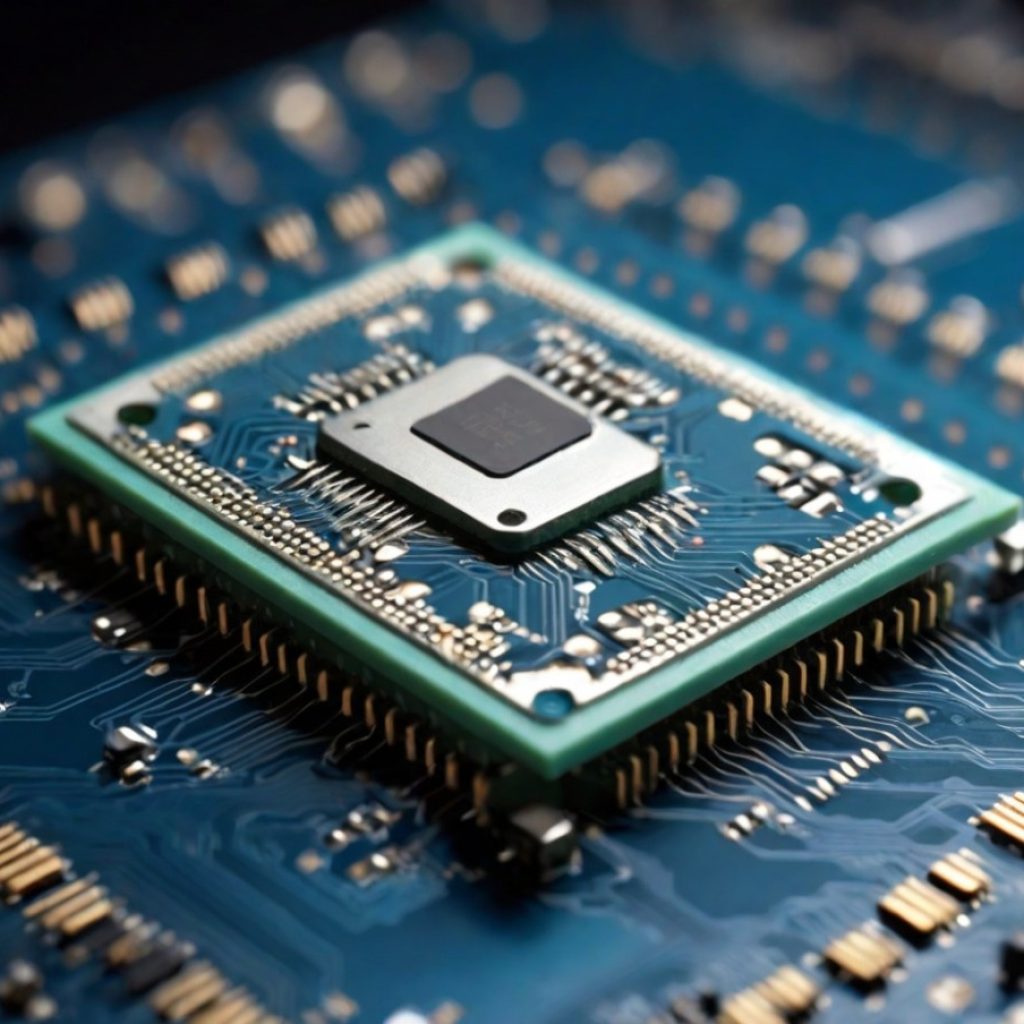Google DeepMind’s recent achievement in using artificial intelligence (AI) to predict the structure of over two million new materials marks a significant breakthrough in material science. This advancement could revolutionize the production of high-performance batteries, solar panels, and computer chips, heralding a new era in technology and sustainable energy solutions.
Revolutionizing material Science with AI
DeepMind’s AI, trained on data from the Materials Project, has successfully predicted nearly 400,000 hypothetical material designs that could soon be replicated in laboratory conditions. This breakthrough, detailed in a research paper published in the science journal Nature, showcases the immense potential of AI in accelerating the discovery and synthesis of new materials.
The challenge in material discovery
Historically, the discovery and commercialization of new materials have been a long and costly process. For instance, lithium-ion batteries, now ubiquitous in powering devices and electric vehicles, took approximately two decades to transition from research to market availability. DeepMind’s research offers the possibility of significantly shortening this timeline.
Ekin Dogus Cubuk on AI’s impact
Ekin Dogus Cubuk, a research scientist at DeepMind, emphasized the potential of AI in reducing the traditional 10 to 20-year timeline for material development. Combining AI with advancements in experimentation and autonomous synthesis could streamline the process, making it more efficient and manageable.
Potential applications and industry implications
The implications of DeepMind’s research are vast, with potential applications across various sectors. Improved batteries could lead to more efficient energy storage, enhancing the viability of renewable energy sources. Similarly, advancements in solar panel technology could contribute to more sustainable energy production. In electronics, new materials could lead to more powerful and efficient computer chips, pushing the boundaries of computing capabilities.
The materials project: A foundation for AI training
DeepMind’s AI was trained using data from the Materials Project, an international collaborative effort initiated at the Lawrence Berkeley National Laboratory in 2011. The project’s database, comprising research on about 50,000 known materials, provided a rich foundation for AI to learn and predict new material structures.
DeepMind intends to share its data with the broader research community to foster collective scientific advancement. This open approach aims to catalyze further breakthroughs in material discovery, potentially leading to quicker real-world applications and benefits.
Industry perspectives and future directions
Kristin Persson, director of the Materials Project, highlighted the cautious approach of industries towards new materials, often deterred by cost implications and the time required for materials to become cost-effective. DeepMind’s research could mitigate these challenges, making new materials more accessible and feasible for industry applications.
Following the success in predicting material stability, DeepMind’s next goal is to ascertain how easily these materials can be synthesized in laboratory conditions. This focus on practical application further underscores the real-world relevance of the research.
DeepMind’s foray into material science using AI is a groundbreaking development with far-reaching consequences. By significantly reducing the time and resources required for material discovery, this research could lead to faster technological advancements and sustainable solutions across various sectors.
The sharing of data and collaborative efforts with the scientific community further exemplify the potential of AI as a tool for collective progress and innovation. As we look to the future, DeepMind’s continued focus on material synthesis promises to bring these theoretical materials into practical, real-world use, marking a new chapter in technological evolution and sustainable development.





